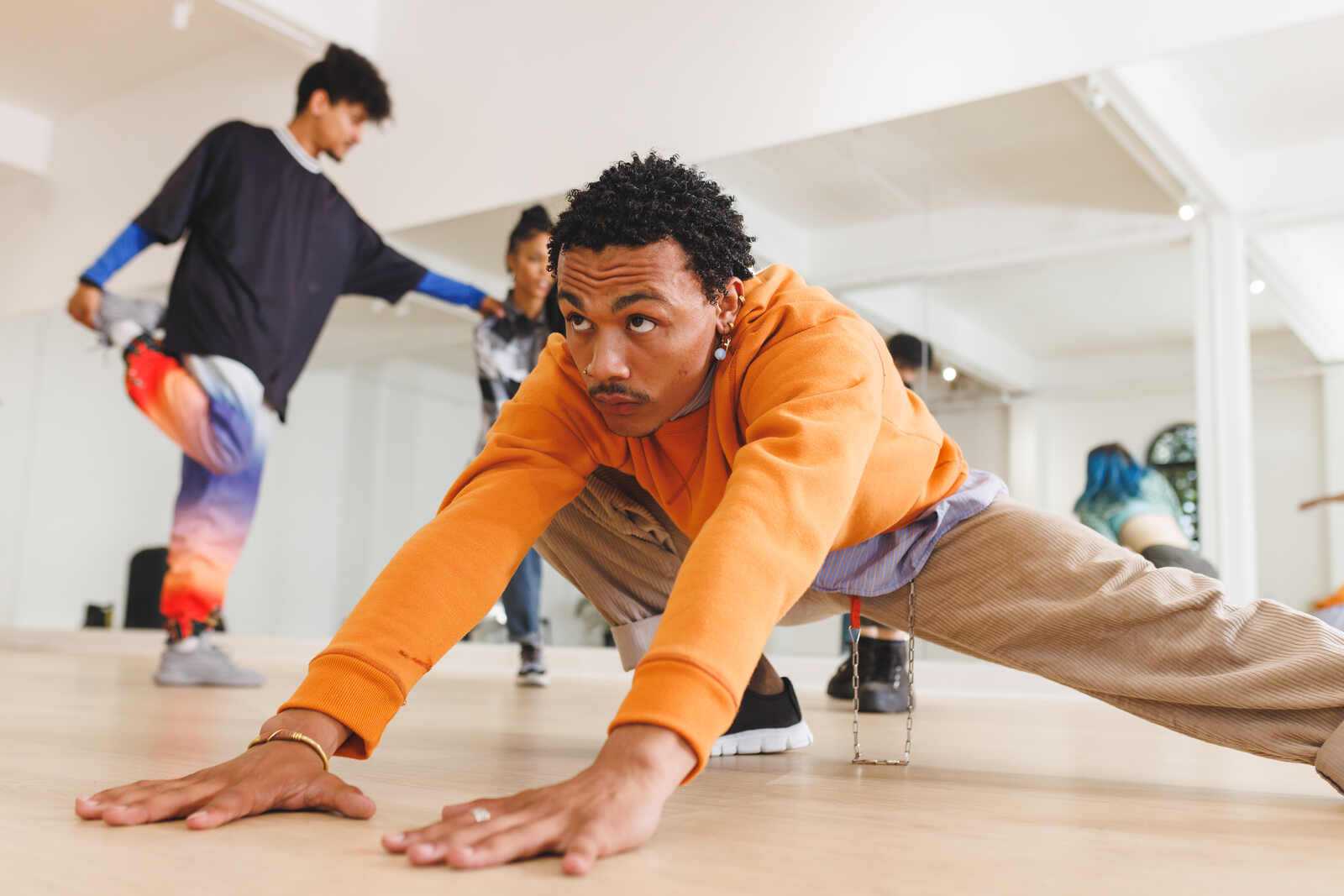By Dr. David Samadi
As we age, maintaining joint flexibility is essential for staying active, mobile, and pain-free. While the idea of exercising all your joints regularly sounds ideal, life often gets in the way. That’s why focusing on just three key joints—the shoulders, knees, and ankles—can make a big difference, especially for anyone over 50. These joints are central to nearly every movement you make, from walking to reaching for items on a shelf. Strengthening and stretching them regularly can help maintain a youthful, energetic stride and reduce the risk of injuries like sprains or tears. Let’s explore why these joints matter and learn a few simple exercises to keep them strong and flexible.Why Flexibility Declines with Age
Joints are where two bones meet, supported by connective tissues like ligaments and tendons. Over time, these tissues naturally become less pliable, limiting your range of motion and making your daily movements feel stiffer and harder. When flexibility decreases, the risk of injury increases. For instance, if a joint with reduced mobility is forced to stretch beyond its limits, the brittle connective tissues are more likely to sprain or tear. This is why so many older adults end up needing braces or surgeries for joint-related injuries. The good news? Consistently exercising just a few key joints can help you stay limber, reduce discomfort, and minimize the risk of injuries—no matter your age.The Three Joints to Focus On
1. Shoulders: Expand Your Range of Motion
Your shoulders are the most mobile joints in your body, allowing you to push, pull, lift, and rotate. However, without regular movement, they can lose their flexibility, making it harder to reach overhead or catch yourself in a fall.
Exercises to Try:
- Overhead Reach: Start with your hands at shoulder level. Lift your arms straight up, then bring them back to shoulder height.
- Forward Press: With hands at shoulder height, extend your arms straight out in front of you, then return.
- Side Lifts and Circles: Lift your arms outward to your sides until they reach shoulder height. Hold, then make small circular motions. Gradually increase the size of the circles as you get stronger.
Tip: Begin with 5–10 repetitions for each exercise and, as you progress, incorporate 1–2 pound dumbbells for added resistance.2. Knees: Strengthen for Stability
Your knees bear much of your body’s weight, making them vulnerable to wear and tear as you age. Strengthening the surrounding muscles can improve stability and reduce strain.
Exercises to Try:
- Leg Lifts: Sit in a sturdy chair. Keeping your knee slightly bent, raise one leg. Hold for 30–60 seconds, then switch legs.
- Knee Bends: Lie on your back and lift both legs. Alternately bend and straighten each knee.
- Step-Ups: Using a low step or sturdy bench, step up onto it with one foot, then bring the other foot up to meet it. Step back down, and repeat.
Tip: If you have access to an aerobic step, it’s an excellent tool for this exercise.3. Ankles: Boost Balance and Strength
Your ankles support every step you take, yet they’re often overlooked in fitness routines. Strengthening your ankles can improve balance and prevent falls.
Exercises to Try:
- Towel Press: Sit on the floor extending both legs out in front of you. Wrap a towel around the ball of your foot, holding the ends tightly. Push your foot forward against the towel while pulling back for resistance.
- Side Press: Repeat the towel exercise, but turn your foot to each side, pressing against the resistance.
Tip: Focus on controlled, deliberate movements to engage the ankle joint effectively.Consistency is Key
Make these exercises a regular part of your everyday routine to see a significant improvement in your strength, flexibility, and mobility. Whether you’re in your 40s or well into your 60s, it’s never too late to take control of your joint health. By prioritizing your shoulders, knees, and ankles, you can move through life with greater ease and confidence, ensuring that age is truly just a number. Dr. David Samadi is the Director of Men’s Health and Urologic Oncology at St. Francis Hospital in Long Island. He’s a renowned and highly successful board certified Urologic Oncologist Expert and Robotic Surgeon in New York City, regarded as one of the leading prostate surgeons in the U.S., with a vast expertise in prostate cancer treatment and Robotic-Assisted Laparoscopic Prostatectomy. Dr. Samadi is a medical contributor to NewsMax TV and is also the author of two books, Prostate Cancer Now What? A Practical Guide to Diagnosis, Treatment, and Recovery and The Ultimate MANual, Dr. Samadi’s Guide to Men’s Health and Wellness, available online both on Amazon and Barnes & Noble. Visit Dr. Samadi’s websites at robotic oncolo gy and prostate cancer 911. 
